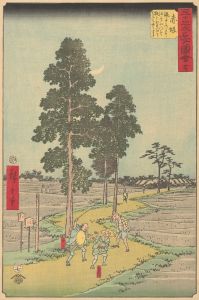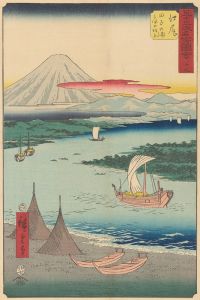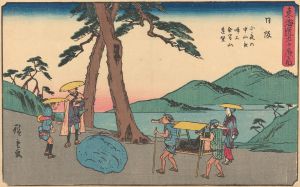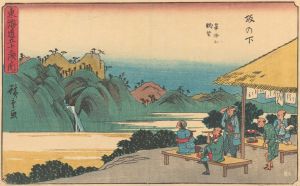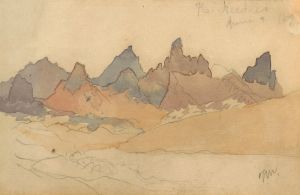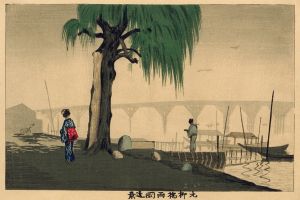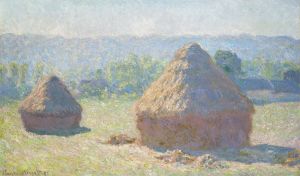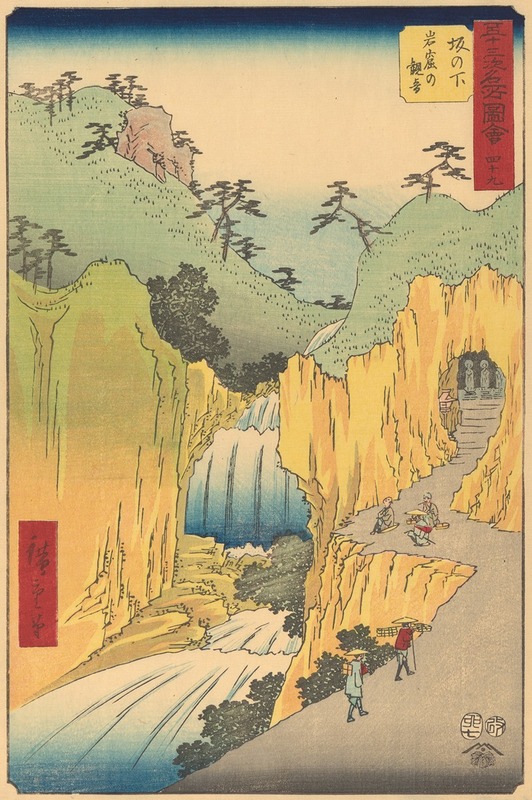
Sakanoshita
A hand-painted replica of Andō Hiroshige’s masterpiece Sakanoshita, meticulously crafted by professional artists to capture the true essence of the original. Each piece is created with museum-quality canvas and rare mineral pigments, carefully painted by experienced artists with delicate brushstrokes and rich, layered colors to perfectly recreate the texture of the original artwork. Unlike machine-printed reproductions, this hand-painted version brings the painting to life, infused with the artist’s emotions and skill in every stroke. Whether for personal collection or home decoration, it instantly elevates the artistic atmosphere of any space.
Andō Hiroshige, a renowned Japanese ukiyo-e artist of the Edo period, is celebrated for his landscape prints and his series "The Fifty-three Stations of the Tōkaidō." One of the prints in this series is "Sakanoshita," which captures the essence of the Tōkaidō road, a vital route connecting Edo (modern-day Tokyo) to Kyoto. Hiroshige's work is notable for its vivid depiction of the natural landscape and the daily life of travelers during the Edo period.
"Sakanoshita" is the 49th station in the Tōkaidō series, and Hiroshige's portrayal of this location is a testament to his skill in capturing the beauty and challenges of travel in 19th-century Japan. The Tōkaidō road was the most important of the Five Routes of the Edo period, facilitating not only trade and travel but also cultural exchange. Hiroshige's series, created between 1833 and 1834, offers a visual journey through the diverse landscapes and towns along this route.
In "Sakanoshita," Hiroshige illustrates a scene that is both picturesque and dynamic. The print typically features travelers navigating a steep, winding path, surrounded by lush greenery and rugged terrain. This depiction highlights the arduous nature of travel during this era, as well as the stunning natural beauty that travelers would have encountered. Hiroshige's use of color and composition draws the viewer's eye through the scene, creating a sense of movement and depth.
Hiroshige's work is characterized by its attention to detail and its ability to convey the atmosphere of a place. In "Sakanoshita," he employs a combination of traditional Japanese artistic techniques and Western influences, such as perspective, to create a sense of realism and immediacy. This blend of styles is a hallmark of Hiroshige's work and contributes to the enduring appeal of his prints.
The "Fifty-three Stations of the Tōkaidō" series was immensely popular in its time and remains highly regarded today. Hiroshige's ability to capture the spirit of the Tōkaidō road and its surroundings has made these prints valuable both as works of art and as historical documents. They provide insight into the geography, culture, and daily life of Edo-period Japan, offering a window into a world that has long since changed.
Hiroshige's influence extends beyond Japan, impacting Western artists such as Vincent van Gogh and Claude Monet, who admired his use of color and composition. The "Sakanoshita" print, like many of Hiroshige's works, exemplifies the artist's mastery of the ukiyo-e genre and his ability to convey the beauty and complexity of the world around him.
In summary, "Sakanoshita" by Andō Hiroshige is a significant piece within the "Fifty-three Stations of the Tōkaidō" series, showcasing the artist's skill in depicting the landscapes and life along this historic route. Through his innovative use of color, perspective, and composition, Hiroshige captures the essence of travel in Edo-period Japan, leaving a lasting legacy that continues to inspire and captivate audiences worldwide.





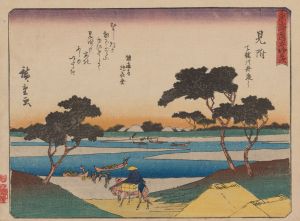
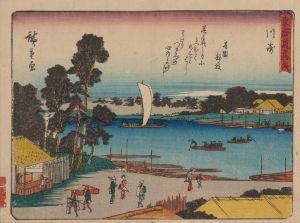
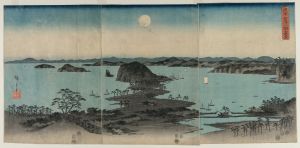
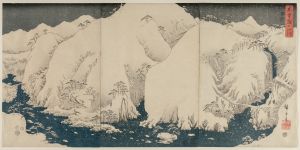
![Tora-no-mon-gai; Aoi Hill, Outside the Tiger Gate [Tora-no-mon]](/imgs/213040/s/ando-hiroshige-toranomongai-aoi-hill-outside-the-tiger-gate-toranomon-6629cde0.jpg)
